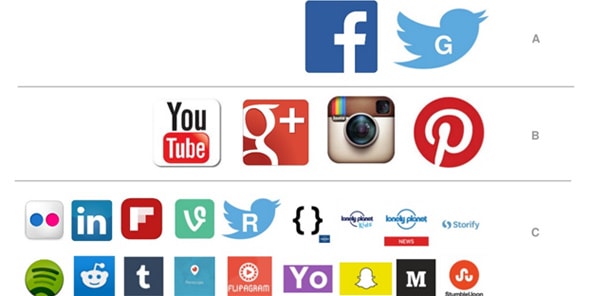PRmoment recently hosted an event on How the Travel Sector is targeting millennials in partnership with the good guys at Diffusion.
The travel sector is split between brands who are successfully embracing the potential of social and digital media to engage with a millennial audience and brands which are lagging a long way behind.
The best examples we heard of all came from brands who were able to be true to themselves when communicating with millennials; as ever with best-in-class communications, they need to be genuine and match the tone of voice of the brand to be successful.
Here are some thoughts from our speakers on the day:
Diffusion's Karl Webster outlines the results of some recent research done with YouGov on millennials' travel habits:
Millennials will be the largest audience for global spend on travel by 2020. Millenials would rather spend their disposable income on holidays and experiences than on possessions. Almost a quarter of millennials believe that travel brands communicate poorly to them. 60% of millennials are inspired as to where they book their travel destination by word-of-mouth communication. 31% are inspired by traditional media, 25% directly through the brand, 18% for a travel agent, 50% by Facebook and 23% on Instagram. 56% of millennials will talk face-to-face about the travel destinations with their friends. 60% are inspired through online reviews and over a third through social channels. The fomo affect (fear of missing out) is prominent amongst millennials. 46% of millennials have looked into booking a summer trip based on fomo.
This research suggests that a traditional paid-for advertising approach whilst relevant, is unlikely to yield the best results when attempting to influence millennials. Earned media, through digital and social channels is likely to be more effective.
Seb Neylan, director, online marketing at Lonely Planet, spoke about the social channels that Lonely Planet use to distribute its content: (Facebook and Twitter being the two that drive the most traffic and engagement).
The social channels that Lonely Planet use:

Importantly, Seb said that whilst Lonely Planet uses all of these social channels, in terms of traffic other than YouTube, they are unlikely to shift the dial of your analytics significantly. However, they are excellent engagement tools and millennials are watching and consuming all of this stuff and that is why social is an important channel for Lonely Planet.
Conversation is king
Diffusion’s Rax Lakhani believes that whilst content is very important it is not king because conversation is king. Engagement is vital for brands; millennials value that personal touch.
Rax suggested that mobile has changed the game when it comes to consumers’ purchase investigation of travel experiences and this has important implementation for brands.

Thanks to our event partner Diffusion

PRmoment Leaders
PRmoment Leaders is our new subscription-based learning programme and community, built by PRmoment specifically for the next generation of PR and communications leaders to learn, network, and lead.
PRmoment LeadersIf you enjoyed this article, sign up for free to our twice weekly editorial alert.
We have six email alerts in total - covering ESG, internal comms, PR jobs and events. Enter your email address below to find out more:







